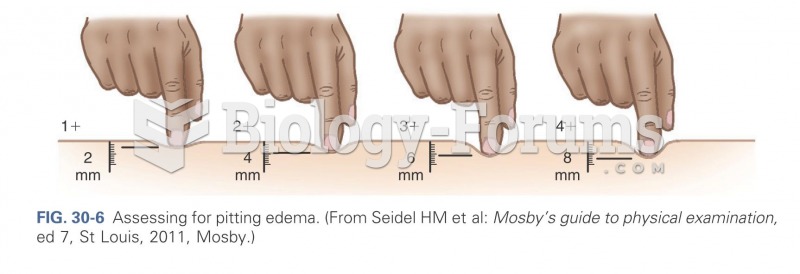|
|
|
Vaccines prevent between 2.5 and 4 million deaths every year.
Inotropic therapy does not have a role in the treatment of most heart failure patients. These drugs can make patients feel and function better but usually do not lengthen the predicted length of their lives.
Egg cells are about the size of a grain of sand. They are formed inside of a female's ovaries before she is even born.
In the United States, an estimated 50 million unnecessary antibiotics are prescribed for viral respiratory infections.
People who have myopia, or nearsightedness, are not able to see objects at a distance but only up close. It occurs when the cornea is either curved too steeply, the eye is too long, or both. This condition is progressive and worsens with time. More than 100 million people in the United States are nearsighted, but only 20% of those are born with the condition. Diet, eye exercise, drug therapy, and corrective lenses can all help manage nearsightedness.







